Hair Transplant Shedding Phase: All You Need to Know
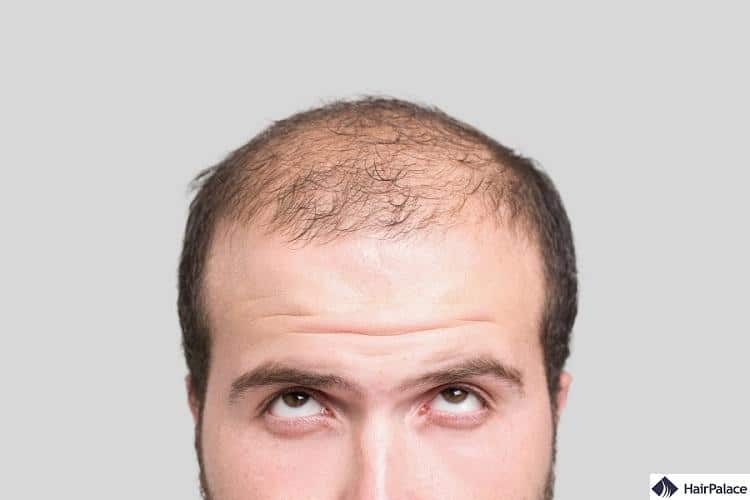
The hair transplant shedding phase can be a challenging time for many patients.
Many patients find themselves concerned when, a few weeks post-procedure, they observe their newly transplanted hair beginning to shed.
This phenomenon, known as the shedding phase or shock loss, is a natural and expected part of the hair restoration process.
Understanding why this shedding occurs and what it signifies can alleviate concerns and help set realistic expectations.
In this article, we’ll delve into the reasons behind post-transplant hair shedding, what you can anticipate during this period, and how to manage it effectively to ensure optimal results.
- Shedding phase after hair transplant
- How long does it last?
- What does hair transplant shedding look like?
- Why does the hair transplant shedding phase occur?
- Can transplanted hair grow without shedding?
- How to manage hair transplant shedding
Shedding phase after hair transplant
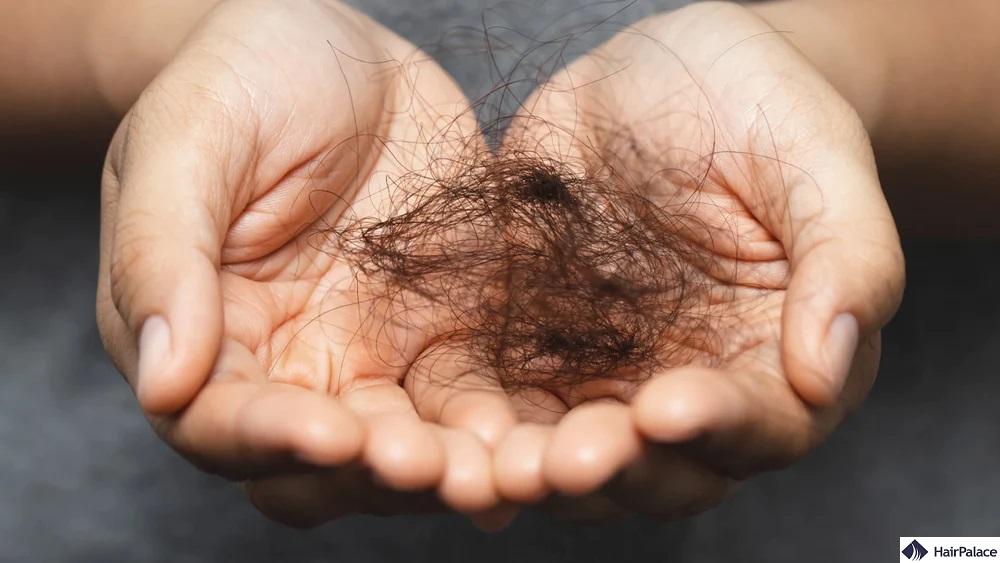
The shedding phase after hair transplant surgery is a natural biological response to the procedure.
When hair follicles are moved from the donor to the recipient area, they undergo temporary trauma from the transplantation process.
Although the follicles are healthy, the process of transplantation shocks them into what’s called the telogen, or resting phase.
During this time, the visible hair shafts fall out, but the hair grafts remain intact beneath the skin.
The hair shedding isn’t a sign of failure, it means the hair follicles are settling in and adapting to their new environment.
Once they’ve recovered, they’ll begin to grow new hair from scratch.
Think of it as a reset: the visible part of the hair falls out, but the root remains alive and will eventually produce new strands.
When does the shedding phase start after hair transplant?
The shedding phase typically starts between 2 to 4 weeks after a hair transplant.
You may begin to notice the transplanted hairs falling out gradually during this period.
What percentage of people shed after a hair transplant?
Hair shedding after hair transplantation is quite common and completely normal.
Around 80–90% of patients experience some degree of hair shedding within the first few weeks following the procedure.
However, the hair grafts usually remain unharmed, and new hair growth will follow within a few months.
How long does the shedding phase last after hair transplant?
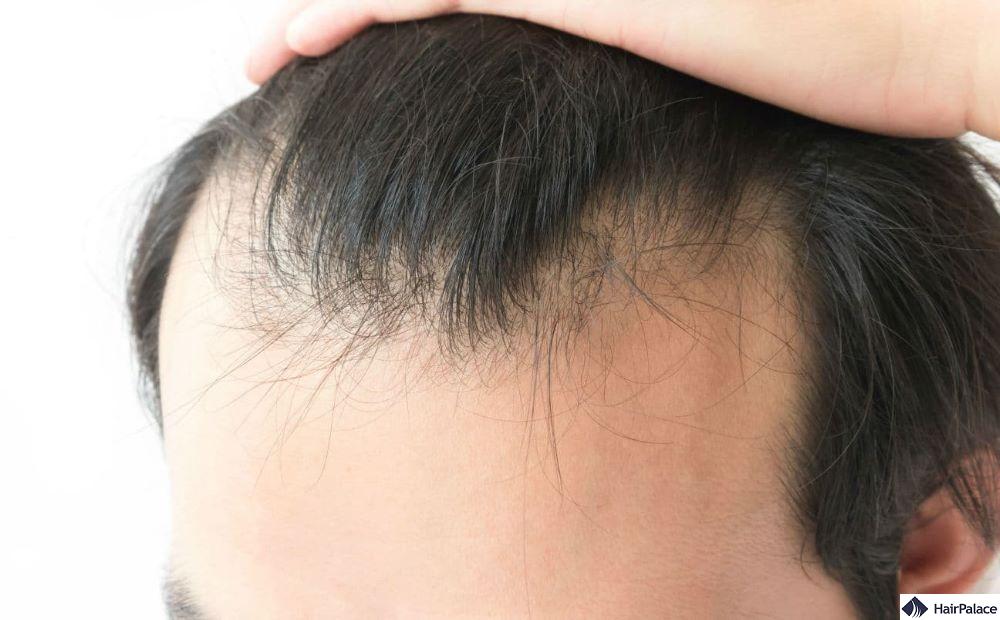
The active shedding can last anywhere from a few days to several weeks, most commonly 2 to 4 weeks, though some patients may experience it slightly longer.
The transplanted hairs fall out while the follicles remain implanted in the scalp.
Shedding may appear patchy or uniform, and sometimes nearby existing hairs may also fall out temporarily, known as “shock loss.”
The duration of shedding after a hair transplant can vary based on several individual and procedural factors.
Patients undergoing FUE (Follicular Unit Extraction) may experience a slightly different healing process compared to those who had FUT (Follicular Unit Transplantation).
The overall health and condition of the scalp also play a key role; a well-nourished scalp with good blood circulation typically recovers faster.
Additionally, how closely a patient follows post-operative care instructions can significantly impact recovery speed and shedding intensity.
Genetics, immune response, age, and general health further influence how the body handles the trauma of transplantation, making some people naturally more prone to prolonged shedding.
After the shock hair loss ends, the follicles remain dormant for a while before entering the anagen phase.
New hair growth generally starts to become visible around 3 to 4 months post-transplant, gradually thickening and maturing over the next several months.
What does hair transplant shedding look like?
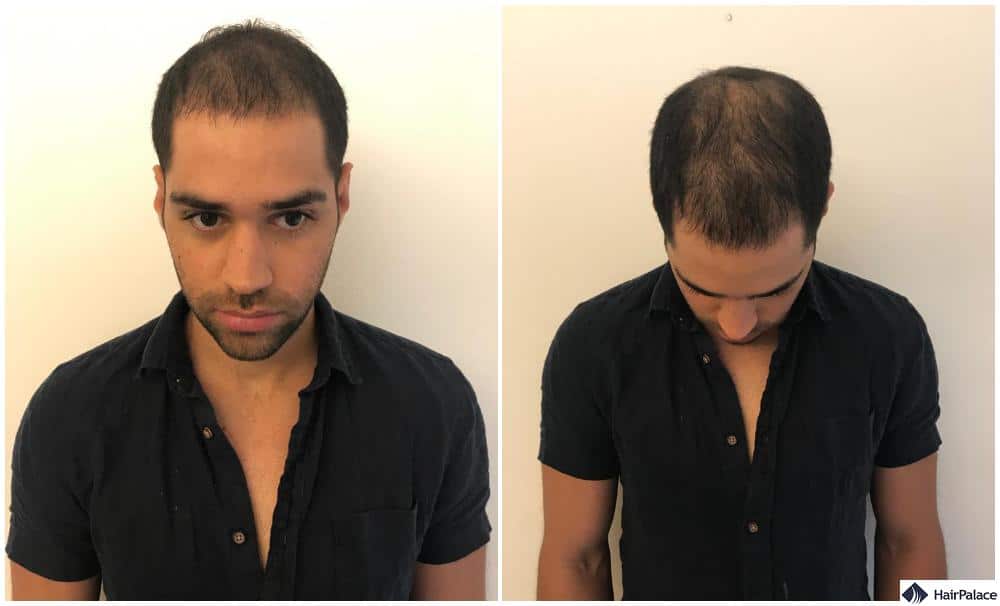
Hair transplant shedding often looks like normal hair fall, but it’s specific to the newly transplanted grafts.
You’ll notice short, thin hairs falling out, often with a small bulb or root-like tip, which may seem alarming, but this is just the hair shaft, not the follicle.
Hairs may shed gradually or come out in small clumps.
Some patients see hair fall out during washing, towel drying, or even on the pillow.
The scalp itself may still show redness, small scabs, or sensitivity, especially early on.
As the hairs shed, the implanted areas might look patchy or thinner than before, which is completely normal.
It’s expected that most or all of the transplanted hairs will shed during this phase of your hair transplant journey.
This doesn’t mean the hair restoration procedure has failed.
The transplanted hair follicles remain intact under the skin and are simply entering a resting (telogen) phase.
Excessive redness, swelling, or pus might signal an infection and should be checked by a doctor.
If native hair in the surrounding areas sheds too, it typically experiences hair regrowth.
Why does the hair transplant shedding phase occur?
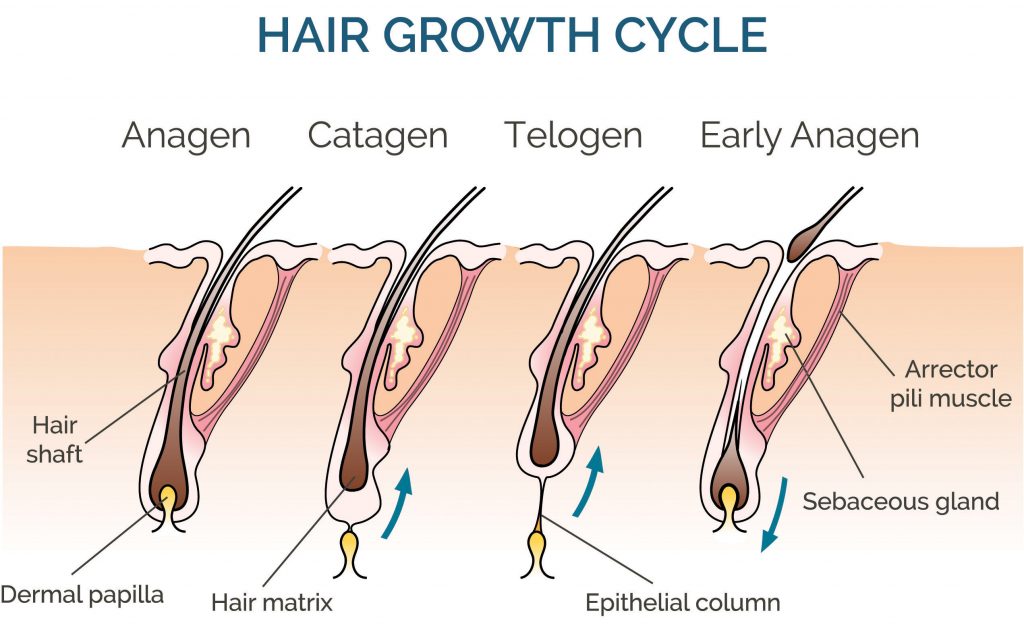
As we’ve established, the hair transplant shedding phase occurs because the procedure places the hair follicles under temporary physiological stress.
When follicles are harvested and implanted into a new area, they experience a kind of “shock” from being removed from their original blood supply and reestablished in a new one.
In response, they enter the telogen phase of the natural hair growth cycle.
This leads to the shedding of the hair shafts that were originally attached to the transplanted follicles.
It’s the body’s way of pausing hair production while the follicles adapt to their new environment.
Importantly, the follicles remain healthy and intact beneath the scalp, and once they adjust, they reenter the anagen, growth phase, producing new hair.
Can transplanted hair grow without shedding?
While it is technically possible for transplanted hair to grow without going through a shedding phase, this outcome is quite rare and should not be expected as the standard.
Typically, each transplanted hair follicle temporarily halts growth before transitioning back into the active anagen phase.
However, in a small percentage of patients, especially those who receive a limited number of grafts, some hairs may bypass the shedding phase entirely and continue growing without interruption.
This is sometimes referred to as “no-shed” growth.
Still, it’s important to understand that no-shed growth is the exception, not the rule.
The vast majority of patients, even with the best techniques and aftercare, will see their transplanted hairs fall out in the first few weeks before regrowth begins.
Expecting some shedding and being patient with the process is key to managing expectations and achieving the best long-term results.
How to manage hair transplant shedding

Managing hair transplant shedding is mostly about patience, gentle care, and proper aftercare.
While you can’t completely prevent shedding, you can support your scalp and optimise conditions for healthy regrowth:
1. Follow aftercare instructions carefully
Use only the recommended shampoo and products provided by your clinic and avoid rubbing or scratching the transplanted area, especially during washing.
You should also sleep with your head elevated for the first few days to reduce swelling.
2. Be gentle with your scalp
Avoid hats, helmets, or anything that creates pressure on the scalp in the early days.
Don’t use harsh hair products or heat styling tools, and practice proper hair care.
3. Stay Hydrated and Eat Well

A nutrient-rich diet supports hair health. Focus on foods high in protein, iron, biotin, and zinc.
Additionally, staying hydrated helps with circulation and healing.
4. Avoid Stress
Emotional and physical stress can worsen shedding.
Rest, reduce anxiety, and maintain a stable routine.
5. Avoid Smoking and Alcohol
Both can impair blood circulation and delay healing, potentially affecting graft survival and regrowth.
Last medically reviewed on October 31st, 2025
- Paus R, Cotsarelis G. The biology of hair follicles. N Engl J Med. 1999 Aug 12;341(7):491-7. doi: 10.1056/NEJM199908123410706. PMID: 10441606.https://pubmed.ncbi.nlm.nih.gov/10441606/
- Loh SH, Lew BL, Sim WY. Localized Telogen Effluvium Following Hair Transplantation. Ann Dermatol. 2018 Apr;30(2):214-217. doi: 10.5021/ad.2018.30.2.214. Epub 2018 Feb 21. PMID: 29606820; PMCID: PMC5839894.https://pubmed.ncbi.nlm.nih.gov/29606820/
- Rebora A. Telogen effluvium: a comprehensive review. Clin Cosmet Investig Dermatol. 2019 Aug 21;12:583-590. doi: 10.2147/CCID.S200471. PMID: 31686886; PMCID: PMC6709511.https://pubmed.ncbi.nlm.nih.gov/31686886/
- Park AM, Khan S, Rawnsley J. Hair Biology: Growth and Pigmentation. Facial Plast Surg Clin North Am. 2018 Nov;26(4):415-424. doi: 10.1016/j.fsc.2018.06.003. Epub 2018 Aug 16. PMID: 30213423.https://pubmed.ncbi.nlm.nih.gov/30213423/
- Collins K, Avram MR. Hair Transplantation and Follicular Unit Extraction. Dermatol Clin. 2021 Jul;39(3):463-478. doi: 10.1016/j.det.2021.04.003. PMID: 34053598.https://pubmed.ncbi.nlm.nih.gov/34053598/
- Kumaresan M, Subburathinam DM. Longevity of Hair Follicles after Follicular Unit Transplant Surgery. J Cutan Aesthet Surg. 2020 Oct-Dec;13(4):292-297. doi: 10.4103/JCAS.JCAS_44_20. PMID: 33911409; PMCID: PMC8061642.https://pubmed.ncbi.nlm.nih.gov/33911409/


